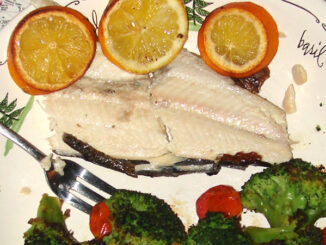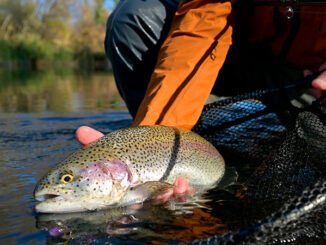
Spring produces excellent dry fly fishing
For fly anglers looking for a consistent bite this month in North Carolina’s mountains, it’s time to break out the dry flies, according to the folks at Headwaters Outfitters in Rosman, NC.
Dry fly fishing is intimidating to some anglers. The fish can be especially picky, as well as wary, this time of year. And it’s not just about having the right fly on your line. The presentation and line of drift are critical too.
Of course, some trout will undoubtedly be more opportunistic than others. These fish will forgive many an angler’s transgressions when it comes to the factors mentioned above. But they are the exception.
Even when using the correct fly and presenting it properly, anglers should expect their share of rejection from trout.
But a few tips from Headwaters Outfitters (828-877-3106) will help you get the most out of dry fly season.
Their first tip is to take your time approaching your desired fishing location. Watch what’s happening on the water. Pay close attention to any hatches that are taking place, and how actively the fish are feeding. What about feeding lanes? Are the fish staying in those lanes, or are some straying out, looking for bugs in the current?
Match the hatch
Don’t pass up the opportunity to pick up a bug and compare it to the flies in your box. If you have a match for it, tie it on.
Matching the hatch is the name of the game here, starting with the color of the bugs on the water. Find the closest color match in your fly box, and try to make it an exact match. Don’t underestimate the importance of color.
You also want to pay attention to the bug’s wing shape. This helps you narrow down the category of bug, be it mayfly, stonefly or caddis.
Now look at the size of the bug. Your fly should match it as closely as possible. If they bugs on the water are size 18 and you’re casting a size 10 fly, even if it’s the right color, your chances of drawing a strike are slim.
Finally, look for other characteristics on the bugs. Do they have a red spot on their back and a yellow abdomen? Match it up!
No detail is too small when it comes to picking the right dry fly. Just pay close attention, match the hatch, and cast accurately.





Be the first to comment